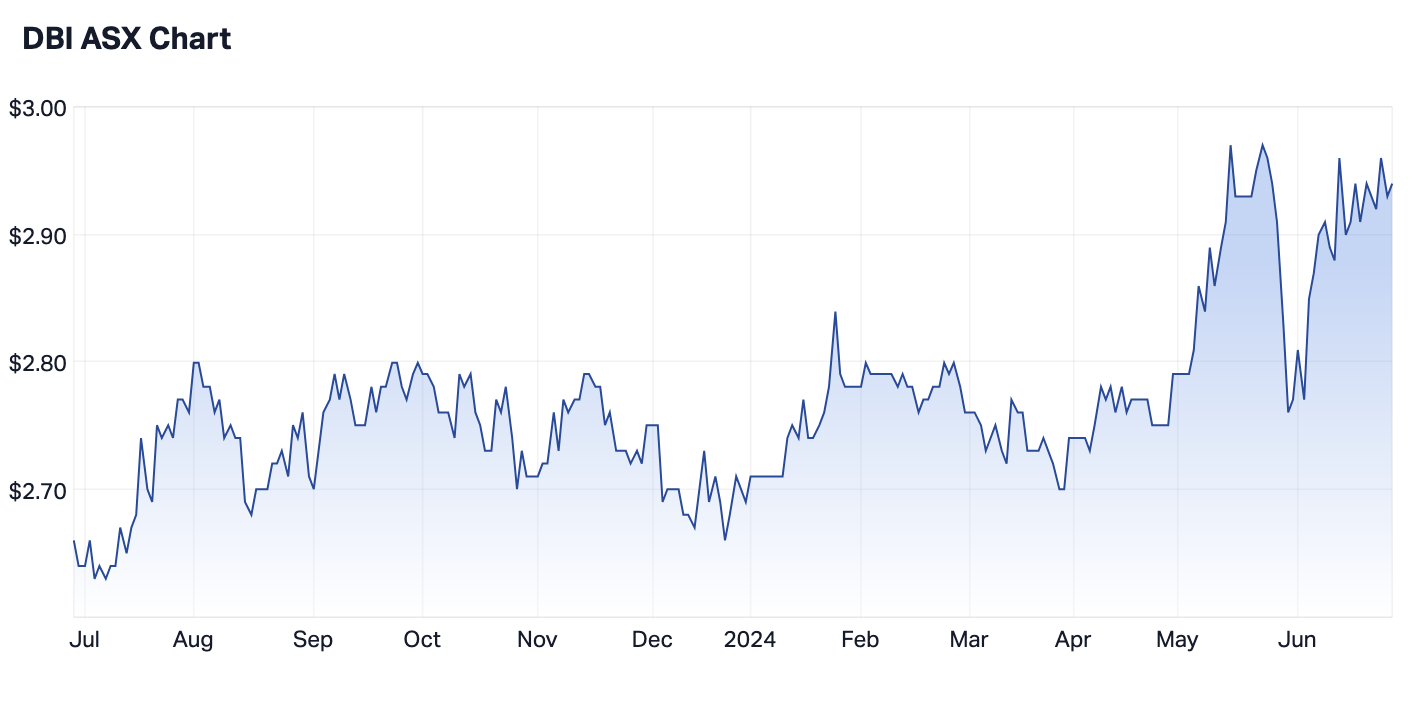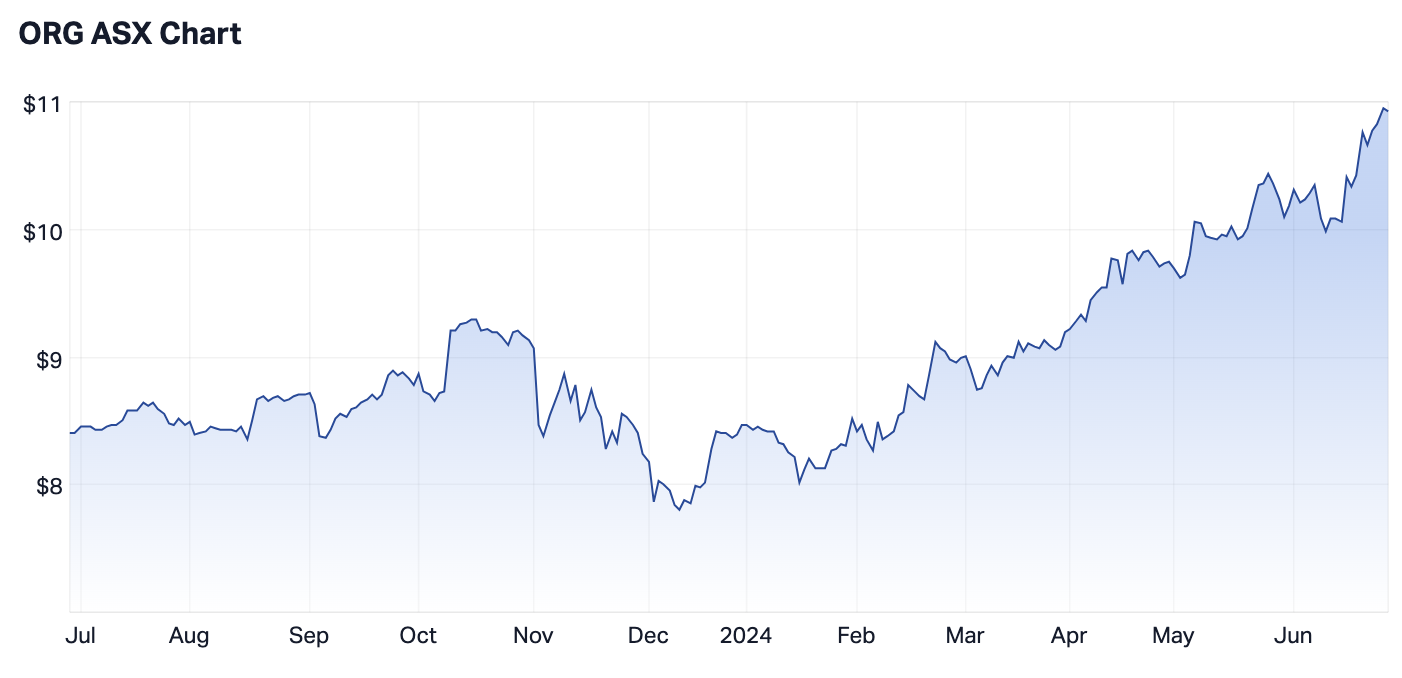Dr Don Hamson: The dividend outlook isn't as bad as you might fear
For all the concern out there – we’ve just seen an elevated monthly inflation print and renewed suggestions that perhaps the RBA’s hikes aren’t yet done – things aren’t all bad. That was the view shared by Plato Investment Management’s Dr Don Hamson in his recent Rules Of Investing interview.
While conceding many people are doing it tough in the current environment, Hamson emphasises it is a “bifurcated economy” where others are reaping the benefits of higher interest rates.
He also notes that corporate Australia is faring better overall than many think.
“People under 35 are doing it really tough. They've got the mortgage pain and the rental pain, but older people are doing better. So, it's a bit of a bifurcated economy,” Hamson says.
“Where I think the real pain in the economy is…[among] property developers and builders who are being hit by the higher inflation and sometimes they've had fixed costs.”
He also focuses on the challenges faced by companies in the consumer discretionary sector, suggesting these are felt primarily at the smaller, unlisted end of the market rather than listed companies.
What about dividends?
Fully franked dividends, a prized feature of the Australian share market, have been falling. By some measures, dividend per share estimates currently sit at lows not seen since the depths of the GFC and the COVID-19 pandemic.
Hamson lays the blame for this at the doorstep of our local resources sector. He points specifically at BHP and Woodside, which have been cutting dividends on the back of the weakness in iron ore and oil prices. The massive declines in lithium prices have also fed into overall dividend weakness.
All of which serves to remind investors of the cyclicality of resources companies: “They make their money by selling resources. If the prices of commodities are down, they're going to make less money; they make less money, they pay less dividends. So, I'm not surprised,” Hamson says.
“But the rest of the market's holding up relatively well because it's not represented by the sectors doing it tough, like cafes, restaurants, et cetera.”
Hamson makes the point that payout ratios have been lower, in some cases, because of rising share prices – pointing to Australian banks as an example, particularly Commonwealth Bank.
He also emphasises that the drop-off in payout ratios comes after a protracted period of very high dividends.
“They went above trends and now they’re coming back. So, the dollar value of dividends coming out of the Australian market is still pretty good.
“The yield has gone down because share prices have gone up – and I think we’re all happy to see share prices going up.”
Where are mining dividends headed now?
Hamson reminds listeners of the concentration that sits atop Australia’s dividend paying universe: “All the income is from four banks and three or four resources companies, which is a little bit frightening.”
He notes that while for a while, BHP’s market cap exceeded CBA, the bank has now caught up as the mining giant’s dividends have pulled back. This has been spurred by BHP’s writing down of its nickel assets and management flagging large ongoing capex on several mines.
“But that's cyclical and things can change,” Hamson says.
He has a similar view on the lithium space, where the dramatic price slide has been driven by declining demand for EVs.
“Longer term, EVs are still the way to go. It's just going to be a bit longer than what people think. So, you’ve got to keep watching this space,” Hamson says.
“You're getting great dividends out of mining stocks, but you've always got to be very cognisant of what commodity prices are doing.”
Where Plato is hunting dividends
Hamson maintains his team continues to find good income investment opportunities among Australia’s big banks, noting Westpac’s special dividend and CBA’s payout ratio increase.
Insurers are also high on his list, where the likes of QBE (ASX: QBE) have been lifting profits and increasing dividends.
“We quite like the insurers because they are benefiting from higher interest rates because you pay in the premium and they put it in cash, or in short-term fixed income, and they invest,” he says.
Some other stock picks
Quizzed on some of the other companies in Plato’s diverse portfolio of around 90 companies – Hamson strongly advocates the view that diversification is the only free lunch in investing – he also names the following:
Dalrymple Bay Infrastructure (ASX: DBI)
A coal port off the coast of Mackay, Queensland, Hamson notes this is a relatively small company, with a market cap of $1.46 billion as of 28 June. “Some people think that the commodities it deals in might no longer be here eventually, but I think they're going to be here for longer than people think.”
However, Hamson is reluctant to name individual companies, partly because his team’s dividend-driven strategy can mean they move in and out of positions quite quickly.

Origin Energy (ASX: ORG)
Another company Hamson names is Origin, a diversified energy company that operates across both the downstream production, mid-stream and utility parts of the value chain.
Noting the firm’s gas production and power generation businesses have been doing well, alongside the ongoing energy demand outlook, “they've had their tough times, but I think it's going to do pretty well for the next five years.”

More from The Rules of Investing
To catch-up on previous episodes of the Rules of Investing, click here.
2 topics
3 stocks mentioned
1 contributor mentioned

